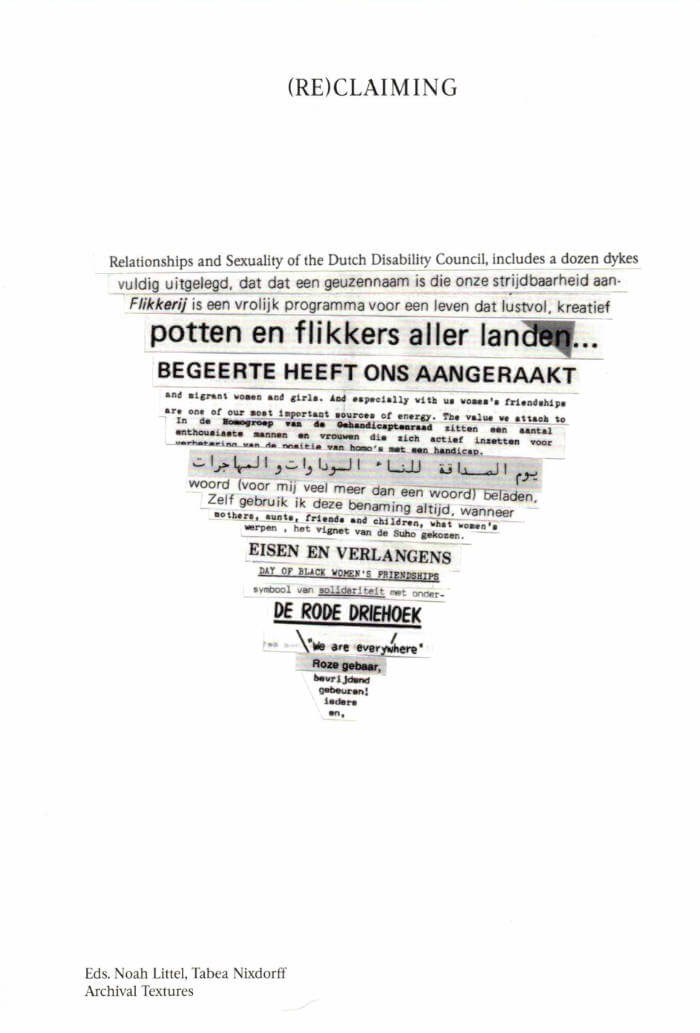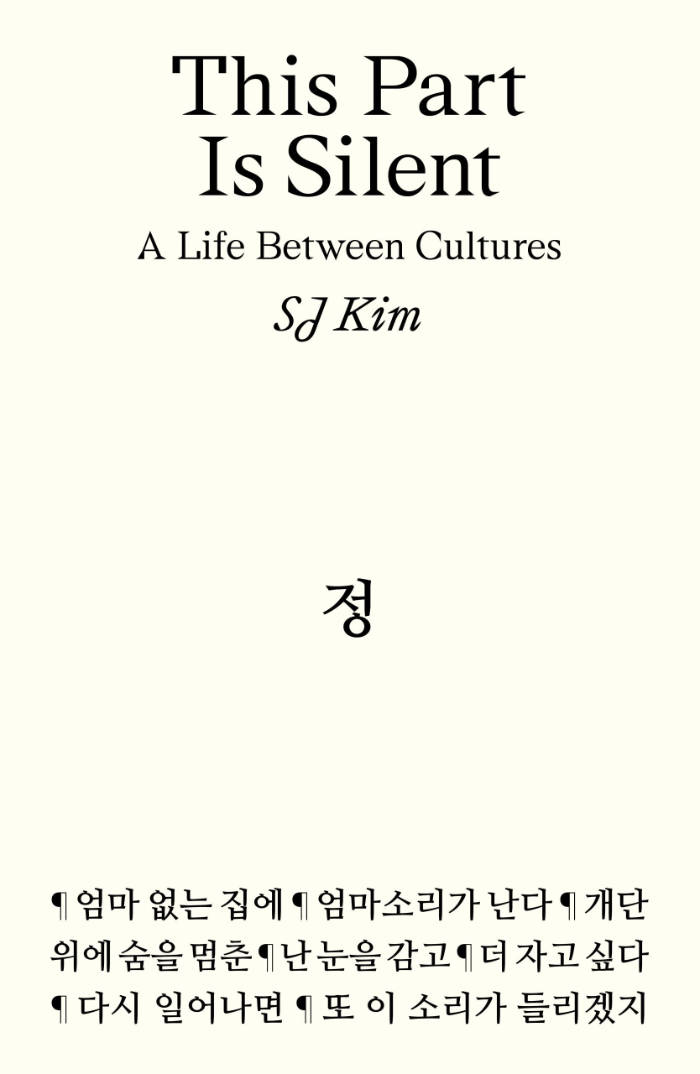
Ghassan Kanafani: Selected Political Writings
Ghassan Kanafani (1936 - 1972) is perhaps the greatest Palestinian novelist, whose books including Men in the Sun and Returning to Haifa documented the horrors of war and occupation. He was also a leading political thinker, strategist and revolutionary. Here, his writings on politics, history, national liberation and the media are collected in English for the first time.
Featuring new commentary from leading writers, this collection is a testament to Kanafani's continuing relevance. His work remains a vital touchstone for revolutionary Palestinian struggle and anti-colonial thought.
Edited by Louis Brehony and Tahrir Hamdi
Language: English







